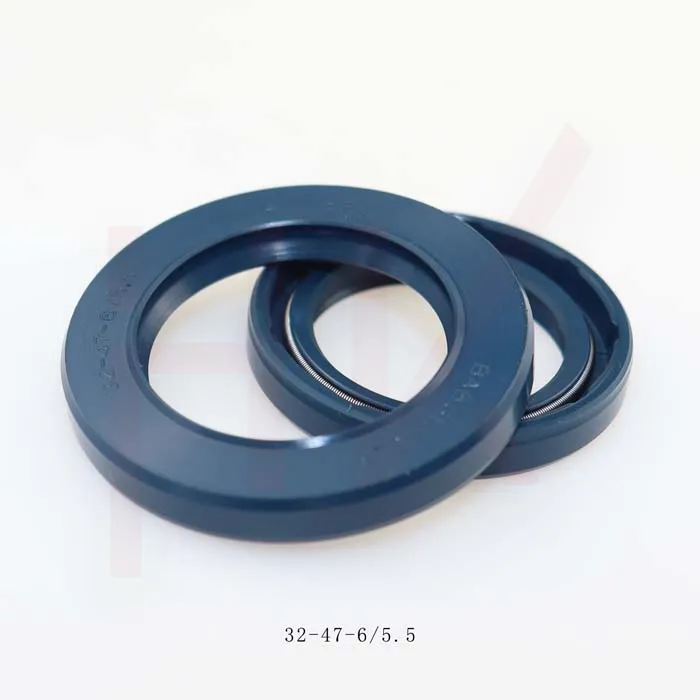Aug . 10, 2024 02:10 Back to list
Exploring the Benefits and Applications of Hydraulic Seal Kits in Industrial Machinery
Understanding Seal Kit Hydraulic Systems Essential Insights
The hydraulic system has become an integral part of modern machinery, offering unparalleled efficiency and power. Within these systems, seal kits play a crucial role, ensuring that hydraulic components operate smoothly and effectively. This article delves into the importance of seal kits in hydraulic systems, their components, and best practices for maintenance.
What are Seal Kits?
Seal kits are assemblies of various seals, gaskets, and O-rings specifically designed to prevent the leakage of hydraulic fluid and contaminants. They are vital in hydraulic cylinders, pumps, motors, and other machinery components that rely on fluid pressure to operate. A typical seal kit includes different types of seals, such as piston seals, rod seals, and anti-extrusion rings, each serving a specific purpose.
Importance of Seal Kits in Hydraulic Systems
The primary function of seal kits in hydraulic systems is to ensure that hydraulic fluid remains contained within the system. This containment is essential for several reasons
1. Efficiency Efficient operation depends on maintaining the pressure within the hydraulic system. Leaks can lead to reduced efficiency and loss of power, which ultimately affects the performance of the machinery.
2. Equipment Longevity Contaminants can cause significant damage to hydraulic components. Seal kits keep dirt, dust, and other foreign substances out of the hydraulic fluid, thus extending the life of the system. Proper sealing minimizes wear and tear on components, reducing the need for replacements.
3. Safety Hydraulic systems operate under high pressure, and any leakage can pose safety risks. Seal kits help prevent accidents caused by sudden pressure drops or fluid leaks, ensuring a safer working environment.
4. Cost-Effectiveness Regular maintenance with the right seal kits can considerably lower operational costs. By preventing leaks and protecting against contamination, businesses can avoid costly repairs and downtime.
Components of Seal Kits
A typical hydraulic seal kit might include the following components
- O-Rings These circular seals are used to prevent fluid from leaking between moving parts. They are crucial in rod seals and help maintain pressure in the system.
seal kit hydraulic

- Piston Seals Designed to fit around the hydraulic piston, they keep hydraulic fluid in while allowing the piston to operate smoothly
.- Rod Seals These are located on the shaft of hydraulic cylinders and are essential for preventing fluid from escaping as the rod moves in and out.
- Backup Rings Used in conjunction with O-rings, these rings prevent extrusion under high pressure, providing additional security against leakage.
Best Practices for Maintenance
To ensure the longevity and efficiency of hydraulic systems, following best practices for maintaining seal kits is essential
1. Regular Inspection Periodically check seal kits for signs of wear, such as cracks, cuts, or discoloration. Early detection of issues can prevent leaks and costly downtimes.
2. Proper Installation When replacing seals, ensure that they are installed correctly. Improper installation can lead to premature failure.
3. Use Quality Materials Always opt for high-quality seal kits that are compatible with the specific hydraulic fluid and operating conditions of the machinery. Cheap or inferior materials may compromise performance.
4. Clean Environment Maintain a clean working environment to prevent contaminants from entering the hydraulic system during maintenance or repair.
5. Monitor Fluid Levels Regularly check hydraulic fluid levels and replace fluids according to the manufacturer’s recommendations. Contaminated or low fluid can lead to seal failure.
Conclusion
In conclusion, seal kits are essential components of hydraulic systems, playing a significant role in efficiency, safety, and equipment longevity. Understanding their importance and following best maintenance practices can ensure that hydraulic machinery operates at peak performance, ultimately leading to improved productivity and cost savings. As technology evolves, so will the design and materials of seal kits, making them even more efficient and reliable in the hydraulic landscape.
-
TCN Oil Seal Metal Ring Reinforcement for Heavy Machinery
NewsJul.25,2025
-
Rotary Lip Seal Spring-Loaded Design for High-Speed Applications
NewsJul.25,2025
-
Hydraulic Cylinder Seals Polyurethane Material for High-Impact Jobs
NewsJul.25,2025
-
High Pressure Oil Seal Polyurethane Coating Wear Resistance
NewsJul.25,2025
-
Dust Proof Seal Double Lip Design for Construction Equipment
NewsJul.25,2025
-
Hub Seal Polyurethane Wear Resistance in Agricultural Vehicles
NewsJul.25,2025
-
The Trans-formative Journey of Wheel Hub Oil Seals
NewsJun.06,2025
Products categories
















